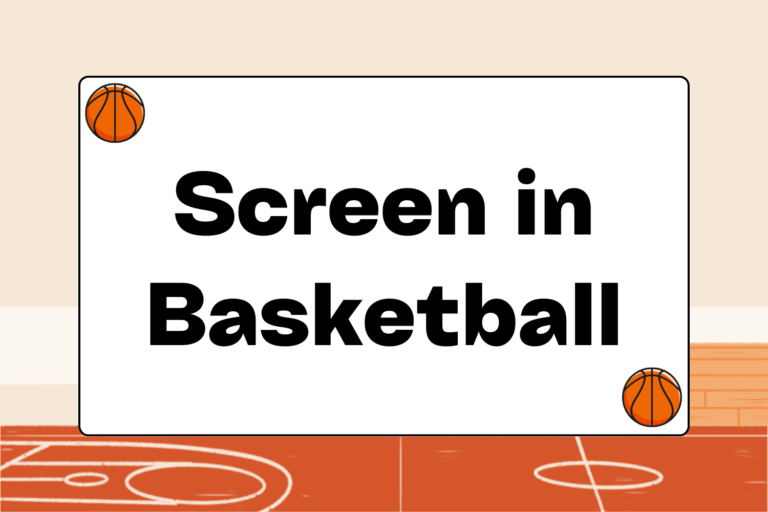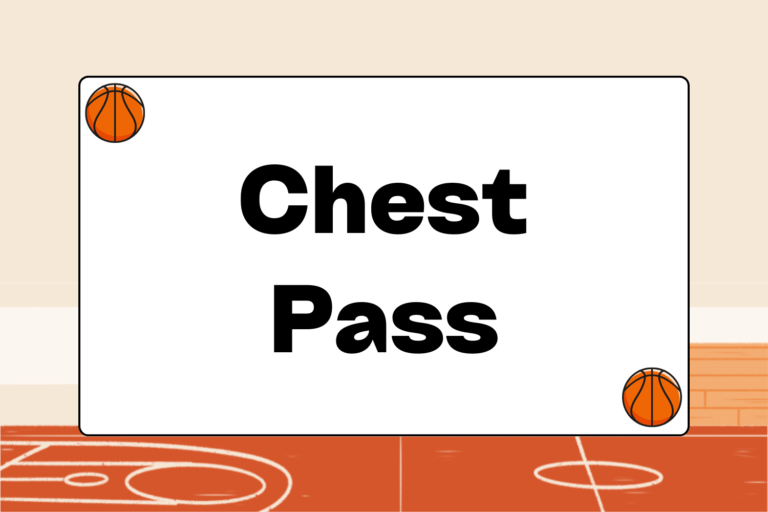The most important thing to know about walking on to a college or high school basketball team is that anything’s possible. You can make your dream of playing competitive basketball for your school a reality if you want it badly enough and follow the right steps.
Unfortunately, the second most important thing to know is that, as a walk-on candidate, you’re behind each of the returning and scholarship players already on the team. To walk on, you must outwork, out-hustle, and out-perform these players, and prove to the coaching staff that you’re a valuable asset.
Get in Superior Physical Condition
Showing up for practice in better shape than anyone else on the floor demonstrates your commitment, work ethic, and drive. The coaches will quickly realize you’re serious about making the team. It also gives you the ability to keep playing hard — you’ll go strong after rebounds and knock down jump shots when other players are getting tired. For these reasons, getting yourself in the best shape of your life is the most important step for a walk-on player.
Run, Run, Run
A walk-on must run for conditioning, endurance, and strength. He must make up his mind that he’s going to make the team over a returning player who’s in poor condition. This means:
- Find full-court pick-up games with the best players in your area: Going up against great athletes four or five times per week will quickly get you in excellent condition, while letting you work on your game.
- Run 21 miles per week, every week: This works out to three miles per day. You must be willing to run until a three-mile run seems easy. Begin working on this goal at least six weeks prior to tryouts to have strong legs when practice begins.
- Find a hill, mountain, or gym stands to climb: Go hard up this obstacle everyday or as often as possible. Hill conditioning builds strength and endurance in the core basketball muscles. It’s the best cardio workout a basketball player can find.
Strength Conditioning
Develop a strength conditioning program and stick to it. A good strength conditioning program isolates areas of your body that are essential for basketball, and then alternates them with an emphasis on rest and recovery.
If you’re a post player, concentrate on your core, back, and legs. Perimeters players should focus on fast-twitch muscle exercises, primarily from the waist down. Every player should have the upper body strength necessary to handle physical full-court play.
Lay-ups & Jump Shots
Regardless of your position on the floor, emphasize making lay-ups with both hands and jump shots from within 15 feet. A surprising number of returning players show up for practice clearly having not worked on these skills during the summer. Have the fluid motion with both hands — and from everywhere on the court — that demonstrates that you’ve been working on this part of your game.
Tryouts and early-season practices are full of three-man weaves and three-on-two drills that emphasize having a soft touch to finish the play. Don’t be the player that executes every part of a drill right and then misses the open shot to cap the drill off.
Talk to the Coach
The easiest step to overlook is talking with the team’s coach. This lets the coach know what your intentions are, and it gives the coach an opportunity to tell you exactly how you can make the team. The coach can realistically assess your chances and give you a step-by-step walk-through of what you need to excel at in order to get on the floor.
Ultimately, talking with a coach lays the groundwork for your effort and gets you pointed in the right direction. It also makes sure that you remain on his radar leading up to and during try-outs.
Play with Returning Players
Contact the returning players on the team and find out where and when they play during the off-season. This gives you the advantages of getting to know the players and finding out what you need to work on.
If you believe you’re good enough to walk on to the team, you must believe you’re good enough to compete against the returning players on the team. Show them that you’re talented enough to run with them, while also learning how to improve your game.
Mental Edge
Playing pick-up games with the returning players also lets you know what the team might be lacking, and the role your coaches might need you to fill. Don’t hesitate to adjust your game to fill the needs of the team — show your coaches how you can help the team win.
Clear Your Schedule
Allotting enough time to play basketball on a daily basis is another vastly underrated step for walking on to a team. You must set aside the time to practice and the time to rest. The physical demands of trying out for most teams make juggling basketball, a job, a heavy academic load, and other responsibilities very difficult.
This includes being a good student and staying ahead of the game with classes. Nobody wants to miss out on basketball for academic reasons. It’s important to prepare in advance of tryouts by maintaining good grades and keeping up with assignments. Let the coach’s decision on your candidacy be based solely on your performance on the floor.
Be Confident & Have Fun
When basketball becomes an all-consuming goal, it’s far too easy to forget that it’s a game. Have fun, enjoy your time on the court, and play hard. Let the preparation and hard work you’ve put into basketball be the deciding factor, and don’t put unnecessary pressure on yourself during every shot, practice, or game.
It’s important to remember that many roster decisions come down to the final days of practice or tryouts. Anything can happen — a returning player can sprain an ankle or someone’s poor conditioning can land him in the coach’s doghouse. Stay confident no matter what the situation appears to be and remember to have fun!





